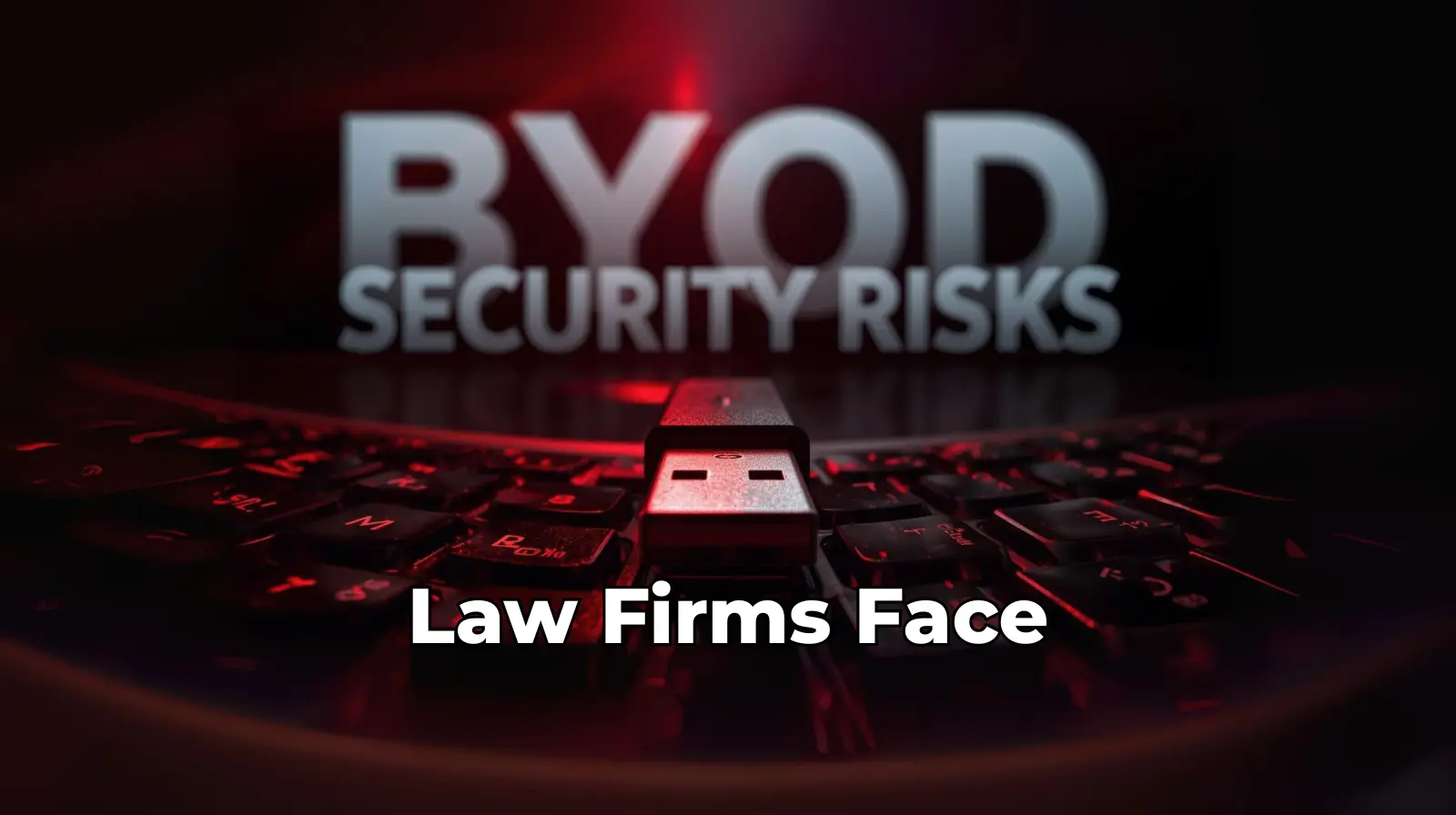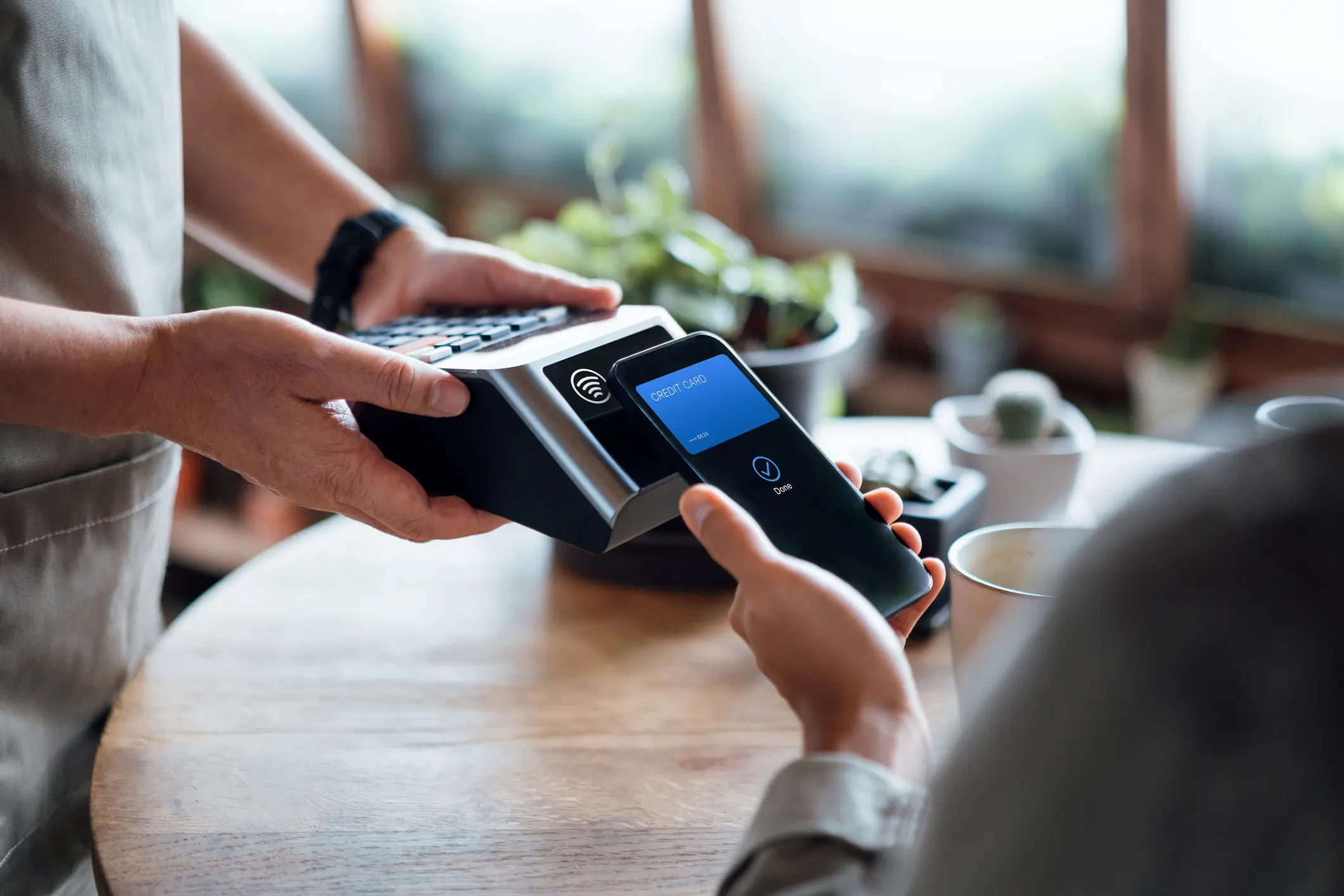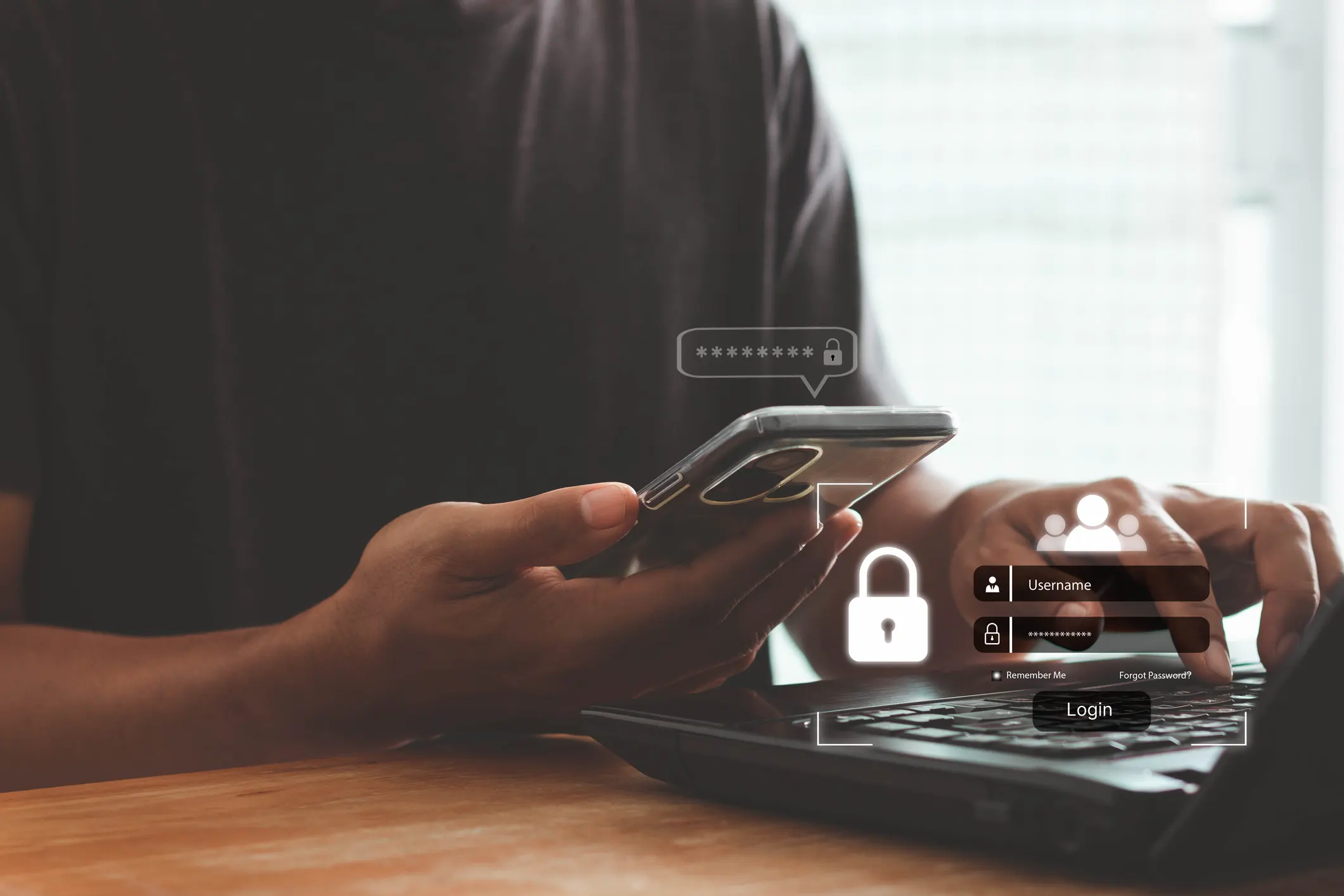
Attorneys love their tools. Partners want flexibility. Clients demand confidentiality. Here’s how to balance all three without letting an off‑brand keyboard or $9 cable become your firm’s weakest link. Read on to learn how law firms can mitigate BYOD security risks.
Why this matters more in a law‑firm context
- Confidentiality duty: ABA Model Rule 1.6 requires reasonable efforts to prevent unauthorized access or disclosure of client information.
- Technology competence: Model Rule 1.1, Comment 8 expects lawyers to understand the benefits and risks of the technology they use.
Put differently: BYOD decisions are professional responsibility decisions, not just “IT issues.”
What’s really hiding in “innocent” devices?
Malicious cables & USB devices
Purpose‑built items masquerade as standard chargers or cables. Once connected, they can open remote access, inject keystrokes, or siphon data without the user’s knowledge. They’re widely sold and look indistinguishable from commodity accessories.
Hardware‑level weaknesses
Unlike software bugs, hardware vulnerabilities can be etched into silicon, making them difficult or impossible to fully remediate. That’s why procurement and approval (not just endpoint software) matter.
The business risks (in plain English)
- Confidentiality & privilege leakage. Unvetted devices can capture keystrokes, mirror traffic, or exfiltrate files, jeopardizing attorney‑client privilege and potentially triggering breach notifications.
- Ransomware & incident costs. Many serious intrusions begin on unmanaged devices, the gray zone where BYOD lives if it’s not governed.
- Ethics & malpractice exposure. Failing to take reasonable steps conflicts with Model Rule 1.6(c) and technology competence expectations, which can affect malpractice posture and client audits.
- Discovery headaches. Data sprawl onto personal devices complicates legal holds, eDiscovery, and defensible retention.
BYOD vs. COPE: a decision framework to address BYOD Risks in your law firm
BYOD
- Pros: Lower device costs, faster onboarding, attorney preference.
- Cons: Harder enforcement, greater shadow IT, complex discovery.
COPE
- Pros: Standard images, consistent security/MDM, clearer discovery.
- Cons: Higher upfront costs, potential resistance from attorneys.
Recommendation: If you keep BYOD, treat it like COPE in practice: with enrollment, baselines, and peripheral approval so you get 80% of the control with 80% of the goodwill.
A pragmatic device‑approval workflow (works for BYOD and COPE)
- Request & justification: Short form with device type, purpose, connection (USB/Bluetooth/Wi‑Fi), vendor link.
- Rapid security review: Check vendor provenance and flag programmable/wireless/unknown‑brand items; watch for USB attack surface.
- Controls assignment: Require MDM enrollment, endpoint protection, USB policy, and network access tier before use.
- Attestation & policy acknowledgement: Remote‑wipe consent, no unapproved hubs/cables, 24‑hour loss/theft reporting. Link to WISP/Acceptable Use.
- Record & re‑certify: Track approvals; re‑certify annually or when roles change.
Technical controls that make a real difference
- MDM/MAM as table stakes: Enforce screen lock, encryption, patch levels, and remote wipe on any device accessing firm email or DMS.
- USB control policies: Allow only approved HID classes (e.g., keyboards from known vendors); block mass‑storage by default; log insertions.
- Per‑app VPN & containerization: Separate work/personal data; restrict copy/paste; require firm apps to use encrypted tunnels.
- Network access tiers (NAC): Unenrolled/guest devices get internet‑only VLANs; compliant devices reach case systems.
- Procurement whitelisting: Maintain an approved peripheral list; prohibit “no‑name” marketplace items and programmable USB devices; provide fast, convenient fulfillment.
Policy language that earns buy‑in (and stands up to scrutiny)
Map your BYOD policy to four promises; two to clients, two to your people:
- To clients: We implement reasonable, standardized controls to protect confidential information.
- To courts/regulators: We can identify where data lives and preserve/produce it defensibly.
- To attorneys/staff: You can use great tools within a clear, privacy‑respecting process.
- To leadership: We can measure adherence and make budget decisions (e.g., when to shift high‑risk roles to COPE).
Quick‑win rollout plan (90 days)
Weeks 1–2 | Baseline & communication
- Publish a 1‑page BYOD & Peripheral Standards memo; announce “no unapproved USB storage or off‑brand cables” effective immediately.
- Identify high‑risk roles (litigation, partners, finance) for priority enrollment.
Weeks 3–6 | Controls
- Enforce MDM policies and USB restrictions on firm laptops.
- Stand up per‑app VPN and containerization for mobile email and DMS access.
Weeks 7–10 | Procurement & training
- Launch an approved peripherals catalog with next‑day delivery.
- Deliver a 30‑minute training: “Trojan Keyboard: Real hardware threats in 3 demos.”
Weeks 11–12 | Audit & adjust
- Review USB insertion logs for non‑compliance.
- Survey attorneys for friction points; add approved alternatives to prevent shadow IT.
FAQs About BYOD Security Risks for Law Firms
Next step for firm leaders
Foundation: Start from our WISP Template to codify acceptable use and device controls.
References & further reading
- ABA Model Rule 1.6 – Confidentiality of Information
- ABA Model Rule 1.1, Comment 8 – Technology competence
- Malicious/“O.MG” cables overview; hardware‑level vulnerability context
- Further Reading: Managing supply-chain risks
- Further Reading: Dealing with the latest threats from A.I.




